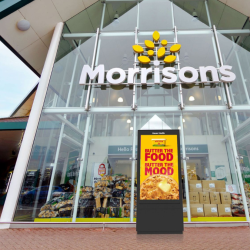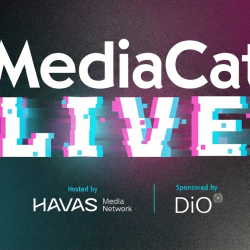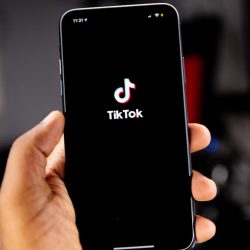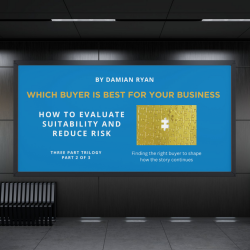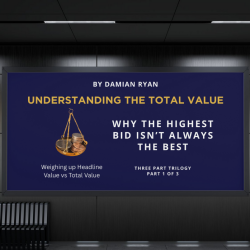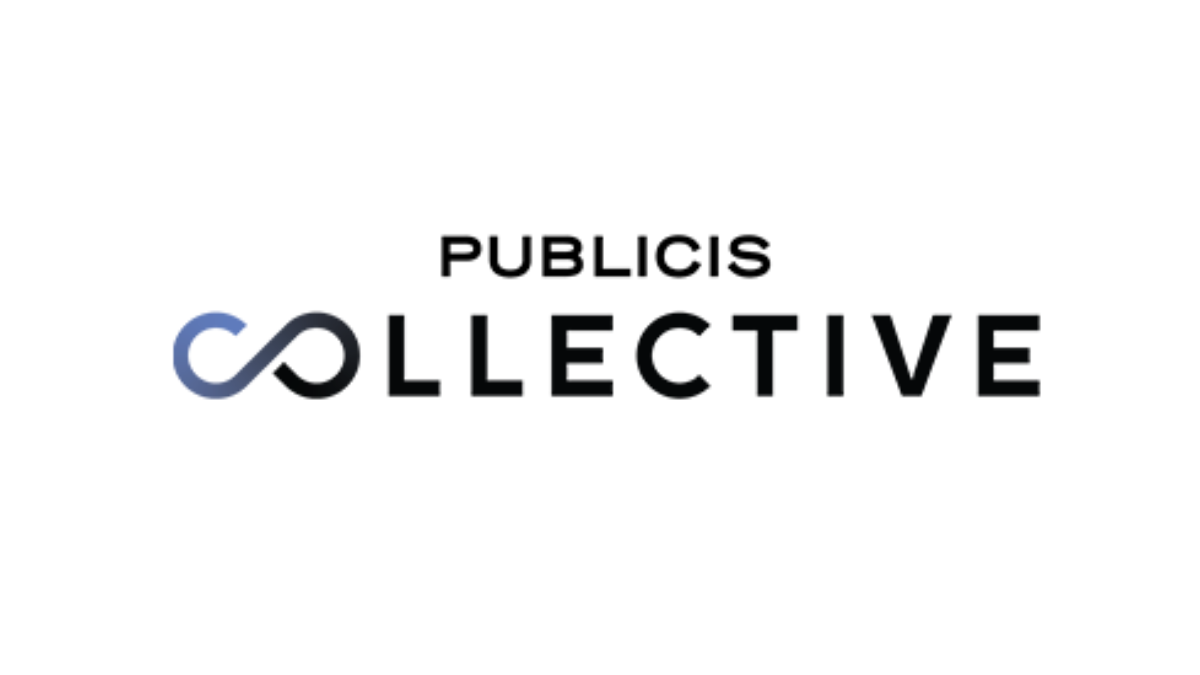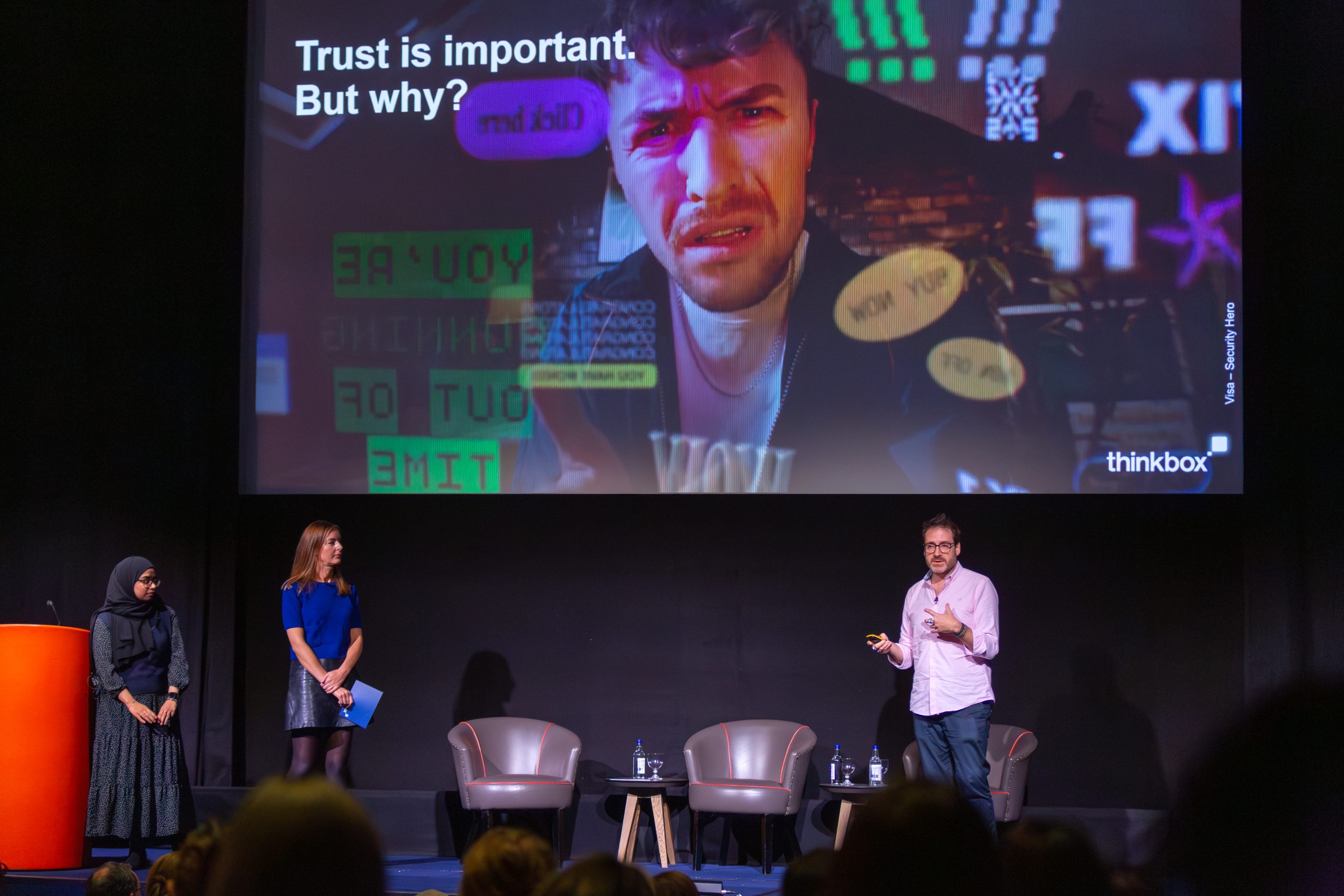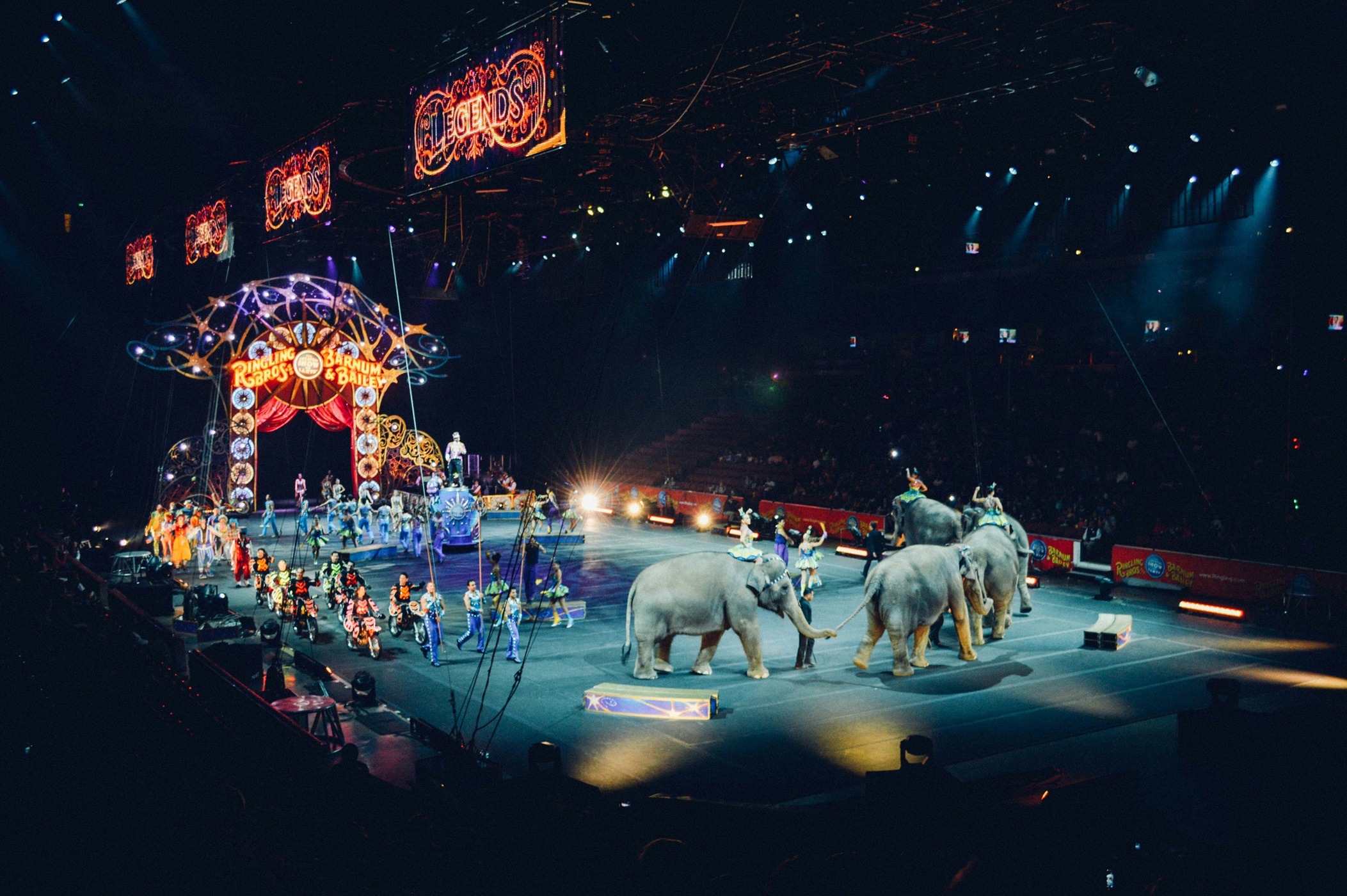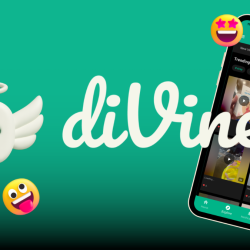Publicis Groupe delivered strong Q3 results, driven by its ‘connected media’ model — the integration of media, data, commerce, CRM and influencer marketing, increasingly powered by AI.
Connected Media is now responsible for roughly 60% of the group’s revenue, and in Q3 it helped fuel 5.7% organic growth, ahead of expectations. Net revenue at Publicis Groupe reached €3.53bn ($4.11bn), up from €3.42bn a year earlier.
Growth was especially strong in the US (+7.1%) and the UK (+10%), while Latin America and Asia Pacific also grew. The weaker spots were France and Germany, which Publicis attributed to delayed client capex.
Following the quarter, Publicis raised its full-year organic growth guidance to 5–5.5%, up from “close to 5%”.
Arthur Sadoun, chairman and CEO, was keen to stress that AI is not just a bolt-on, but core to how Publicis connects media with commerce and influencers.
‘If there’s one thing I want you to take away from this morning’s call, it’s that we are winning today thanks to AI,’ he said. ‘One area where we are growing, and more importantly making our clients grow, is our ability thanks to AI to connect paid media with commerce and influencers. You need AI to connect those capabilities.’
Where rivals like WPP and Omnicom have built branded AI platforms, Publicis has taken a more embedded approach by building AI into its existing infrastructure. The anchor of this strategy is Epsilon, the data and identity business it acquired in 2019 for $4.4bn.
By combining its vast consumer data with its media buying, influencer network and AI tools such as CoreAI and Leona, Publicis claims it can target individuals, choose the right creator, and drive them directly to a retailer — all in one connected system.
‘Our ability to truly understand people better than anyone else with Epsilon, link it to the biggest influencer network, and then connect it to sell directly, is the kind of thing where AI is immediately leveraging capabilities that drive business outcomes,’ Sadoun said.
Publicis has been keen to deepen this ecosystem through acquisitions. This year it bought influencer platform Captiv8 for around $150m, adding access to 15 million creators, and acquired Brazil-based BR Media Group, which added another 500,000 creators across Latin America. These moves strengthen the group’s ability to run influencer, media and commerce as one connected media offering and run it at scale.
Sadoun said the client mindset has also shifted. ‘After a couple of years experimenting with AI, clients are realising that they need to put AI at the core of what they do, and that it needs to deliver material business impact today
‘AI allows everyone to deliver cheaper, better, and faster content. The question is how you merge performance of this content with business outcomes. You need the data, which we have with Epsilon, and AI to connect it to capabilities.’
That argument helps explain why Publicis can currently charge a premium. In fact, Sadoun said that the company’s been able to pick up clients without pitching, thanks to client approval of its systems. But Publicis still faces the familiar question; if AI makes campaigns more efficient, won’t clients expect those cost savings – not higher fees?
Sadoun pushed back.
‘Clients have been asking for fee reductions since I started in this business 25 years ago,’ he told The Drum. ‘The big difference is that clients now come with a very different ask – how can I, thanks to AI, reduce my overall marketing costs? But they are not reducing the argument to our fees.’
He also pointed to the scale of Publicis’ investment (€12bn over 10 years in data, technology and AI) as a reason why clients are happy to pay full price.‘The products we charge today for our clients already have these capabilities embedded in our tariffs. This is the reason why, not only are we going faster, but we also have the best margin.’
Publicis has positioned itself as the holding company most prepared for the AI era, with a connected media model competitors are now trying to replicate. The results suggest it’s working.
But despite the headline numbers, and the priceless PR that comes from being the biggest holding company, investors have been treating Publicis oddly coldly lately. Shares briefly jumped to €85.10 during the earnings call but ended the day lower at €82.84 – well below the €100+ range the stock held for much of 2024 and early 2025.
Investors’ caution reflects more than short-term volatility. While connected media and AI are driving growth today, there are questions over whether the model can sustain both revenue and margins. Added to that is lingering concern over the durability of the AI boom itself, and uneven performance in some markets, leaving the long-term outlook uncertain.
Publicis may have built a connected media machine that works today, but the real test will be sustaining revenue, margins, and investor confidence as the AI-driven landscape evolves.


